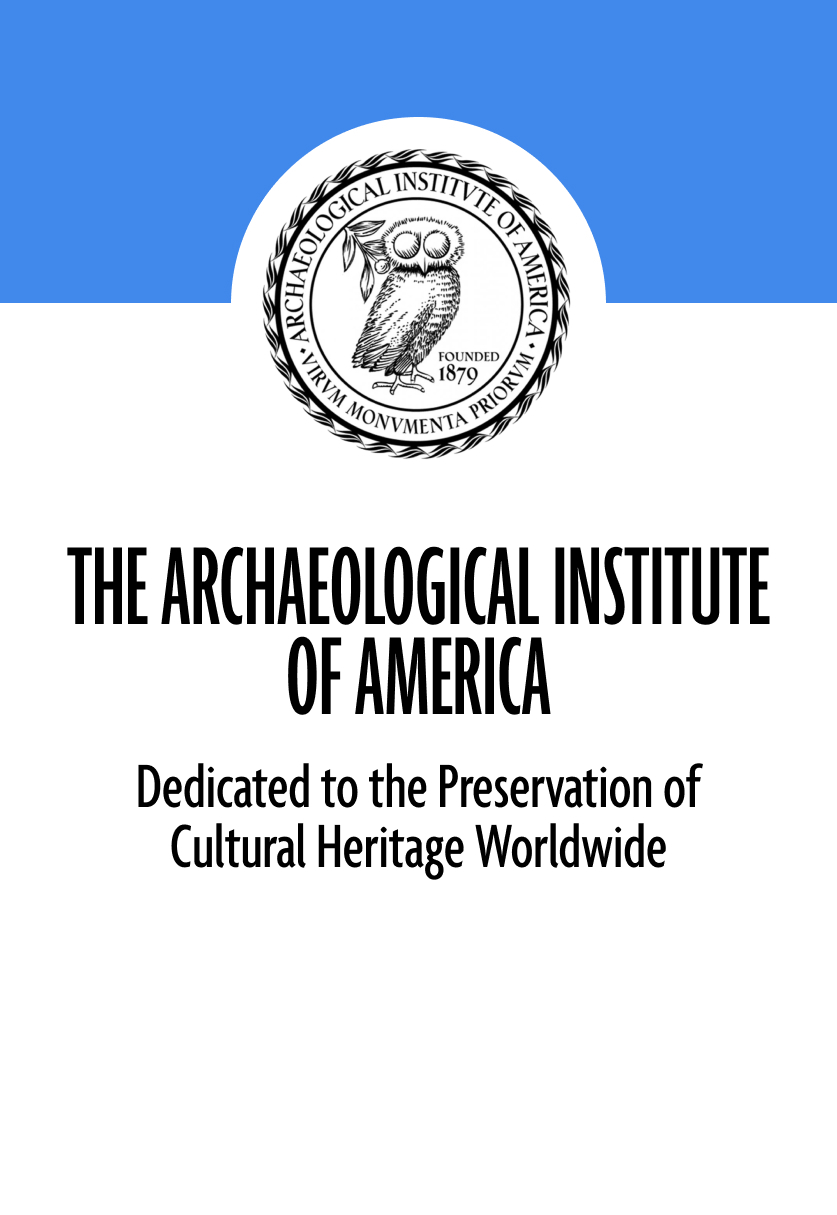SOUTHAMPTON, ENGLAND—A high energy, high resolution CT scanner and visualization software are being used at the University of Southampton to create detailed, 3-D images of artifacts still encased in soil. This technology helps archaeologists plan ways to excavate fragile artifacts safely, or even to study them while keeping them in their protective layers of earth. Graeme Earl and Mark Mavrogordato of Southampton University and Alexandra Baldwin of the British Museum describe how the technology helped them analyze one of the 13 cauldrons unearthed in Chiseldon, Swindon, in this BBC video.
New Scanning Technology Produces 3-D Images of Artifacts
News January 31, 2013
Recommended Articles
Off the Grid January/February 2026
Prophetstown, Indiana
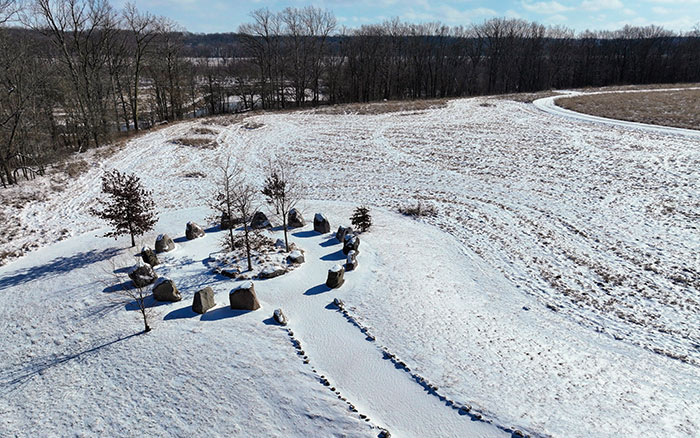
Letter from France January/February 2026
Neolithic Cultural Revolution
How farmers came together to build Europe’s most grandiose funerary monuments some 7,000 years ago
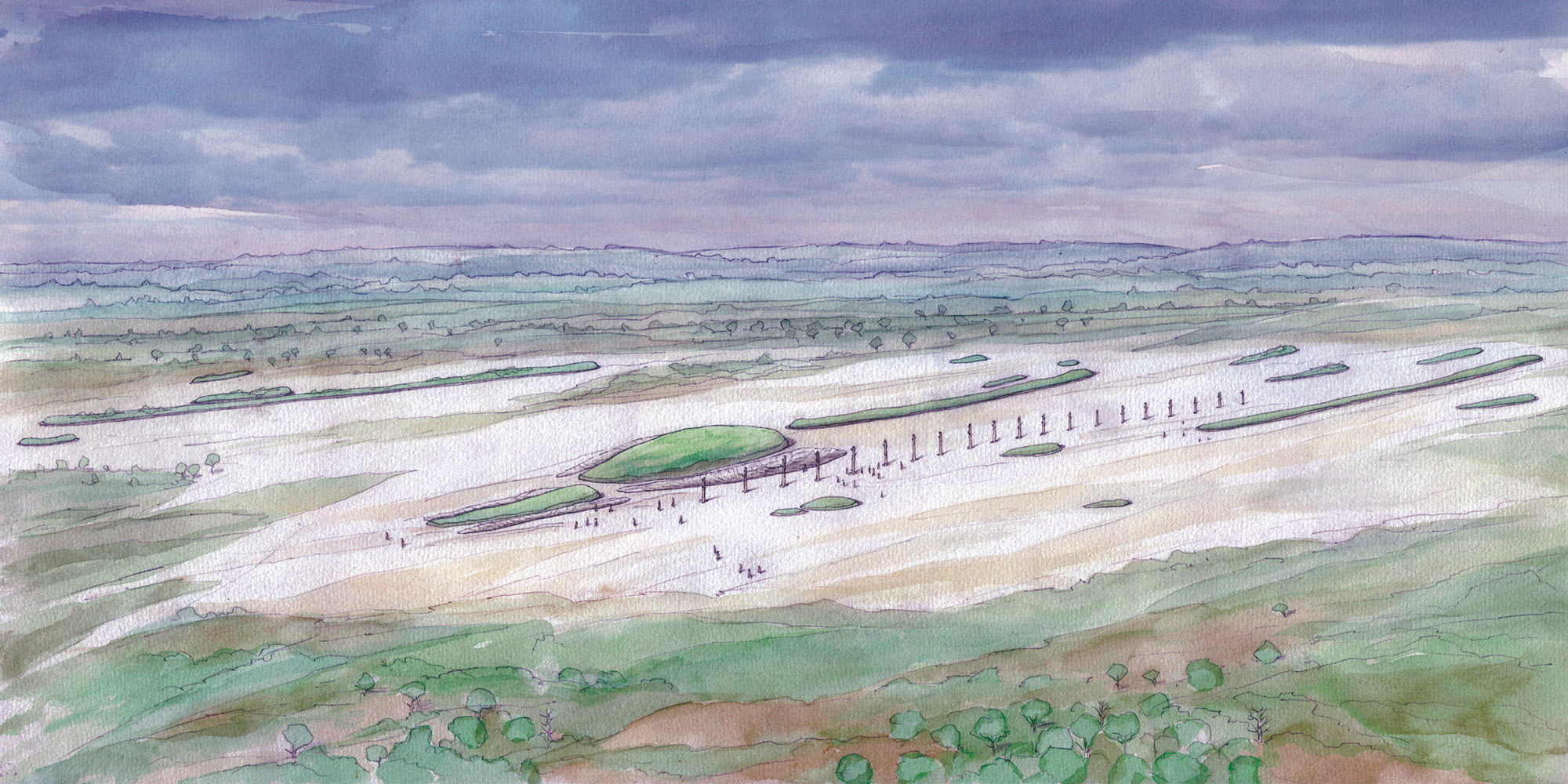
Features January/February 2026
The Cost of Doing Business
Piecing together the Roman empire’s longest known inscription—a peculiarly precise inventory of prices
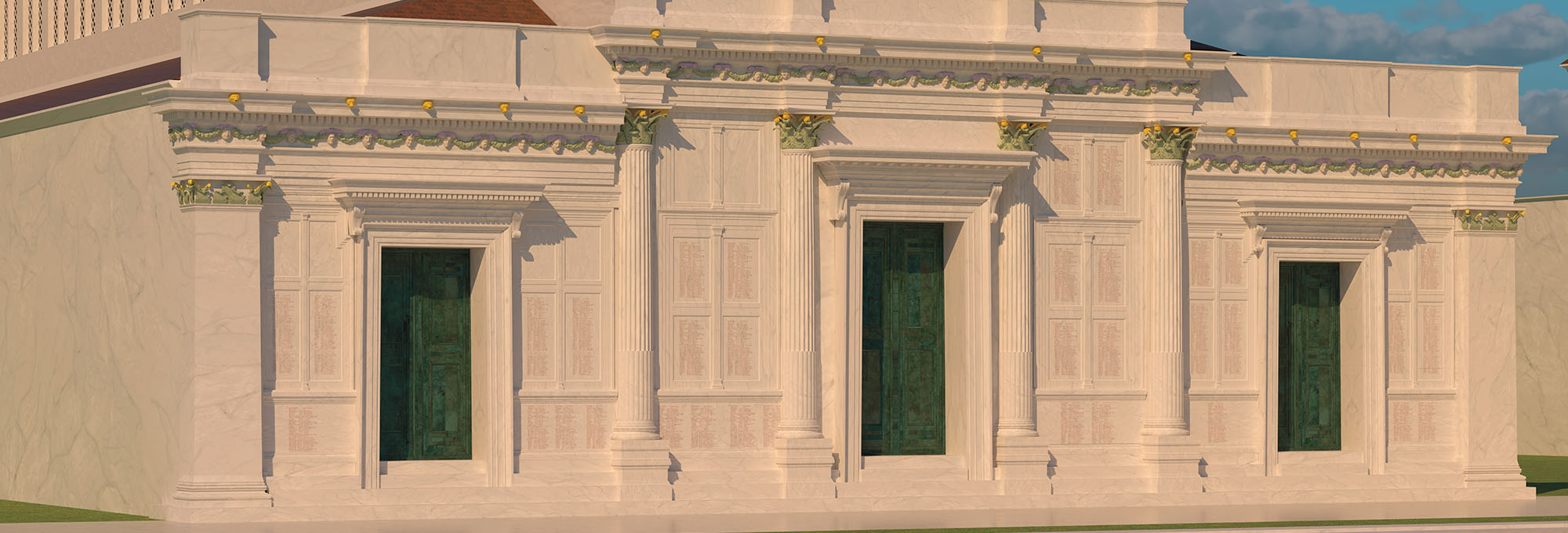
Features January/February 2026
The Birds of Amarna
An Egyptian princess seeks sanctuary in her private palace
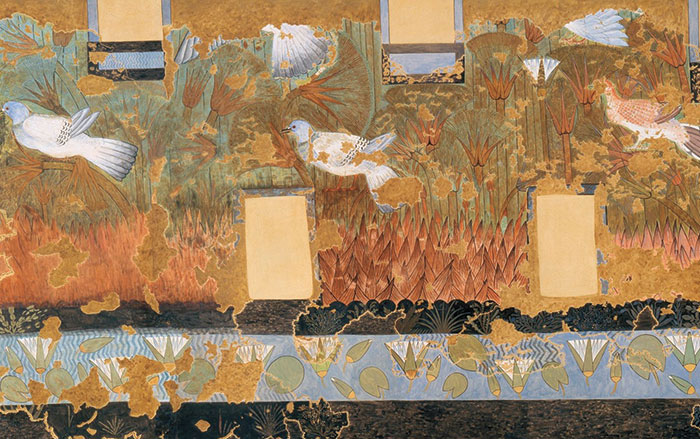
-
Features November/December 2012
Zeugma After the Flood
New excavations continue to tell the story of an ancient city at the crossroads between east and west
 (Hasan Yelken/Images & Stories)
(Hasan Yelken/Images & Stories) -
Letter from India November/December 2012
Living Heritage at Risk
Searching for a new approach to development, tourism, and local needs at the grand medieval city of Hampi
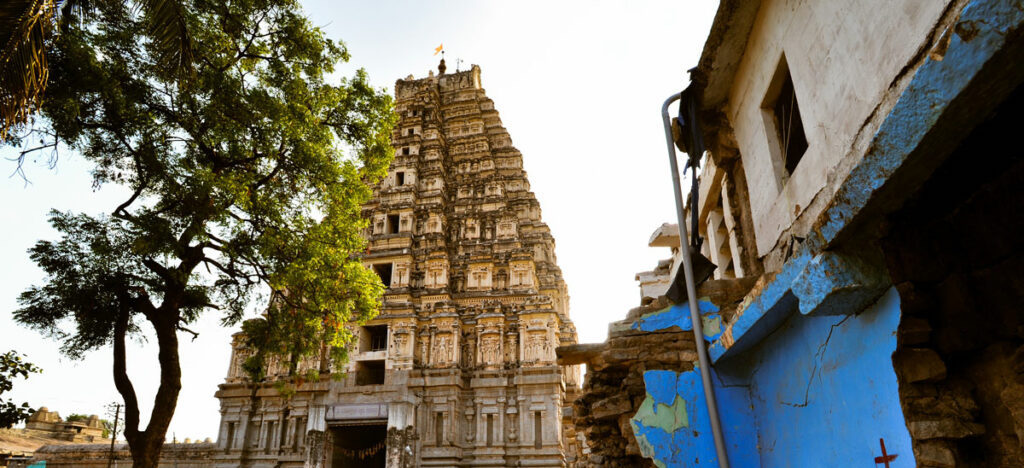 (Gethin Chamberlain)
(Gethin Chamberlain) -
Artifacts November/December 2012
Beaker Vessels
Ceramic beakers were the vessels of choice for the so-called “Black Drink” used at Cahokia by Native Americans in their purification rituals
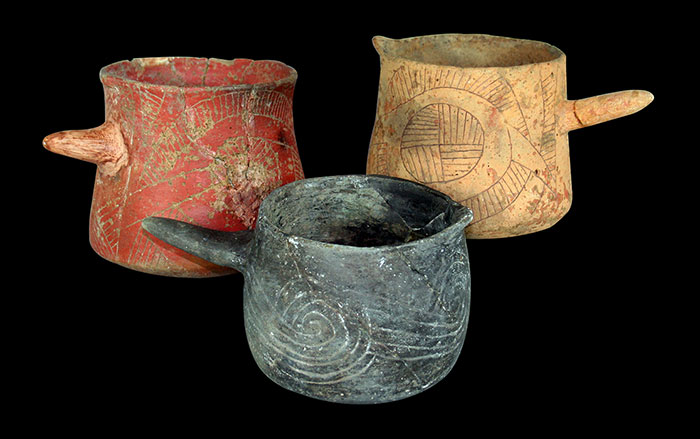 (Linda Alexander, photographer, use with permission of the Illinois State Archaeological Society)
(Linda Alexander, photographer, use with permission of the Illinois State Archaeological Society) -
Digs & Discoveries November/December 2012
The Desert and the Dead
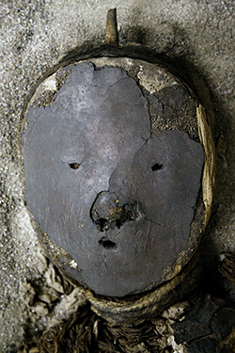 (Courtesy Bernardo Arriaza)
(Courtesy Bernardo Arriaza)
